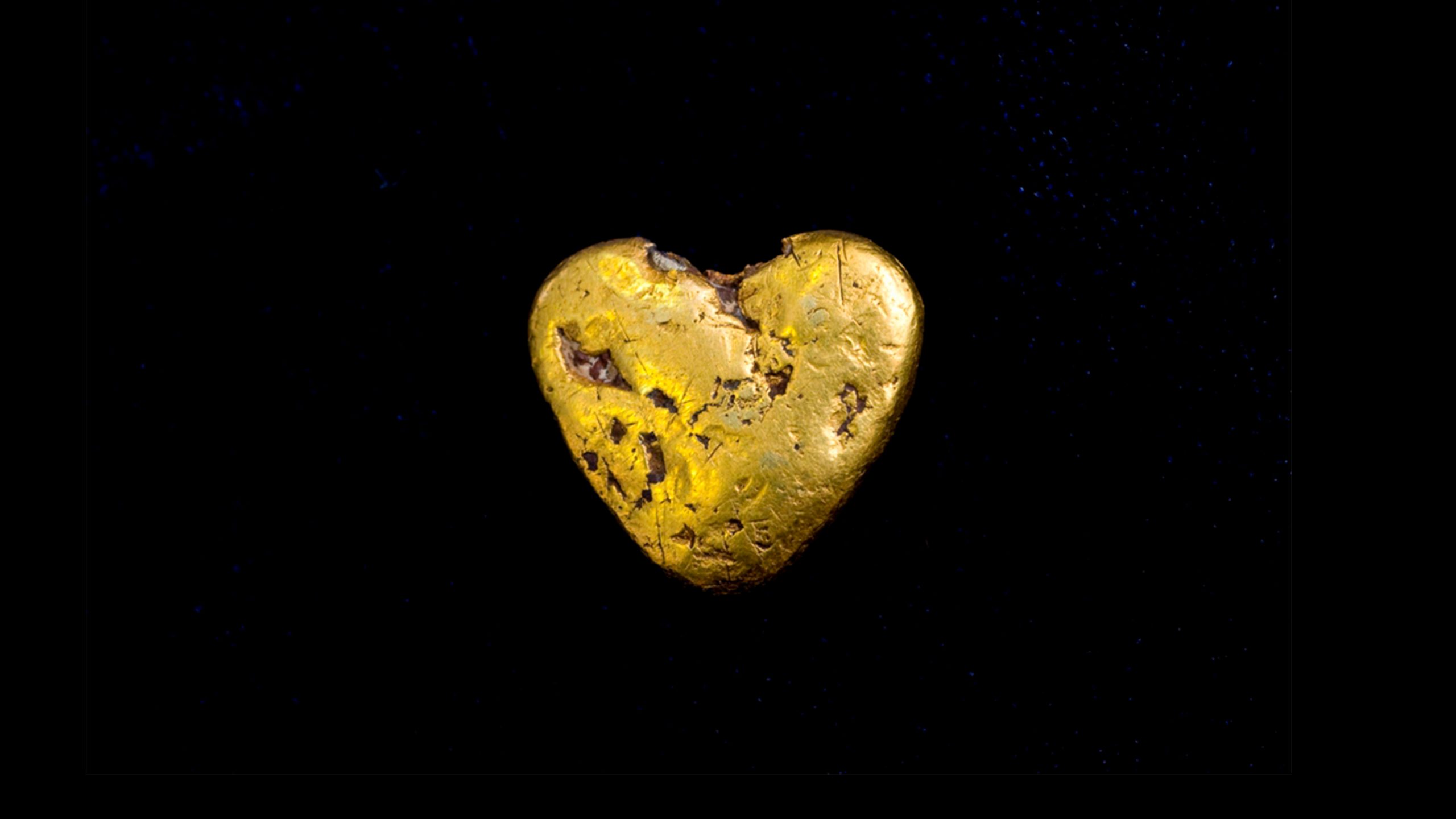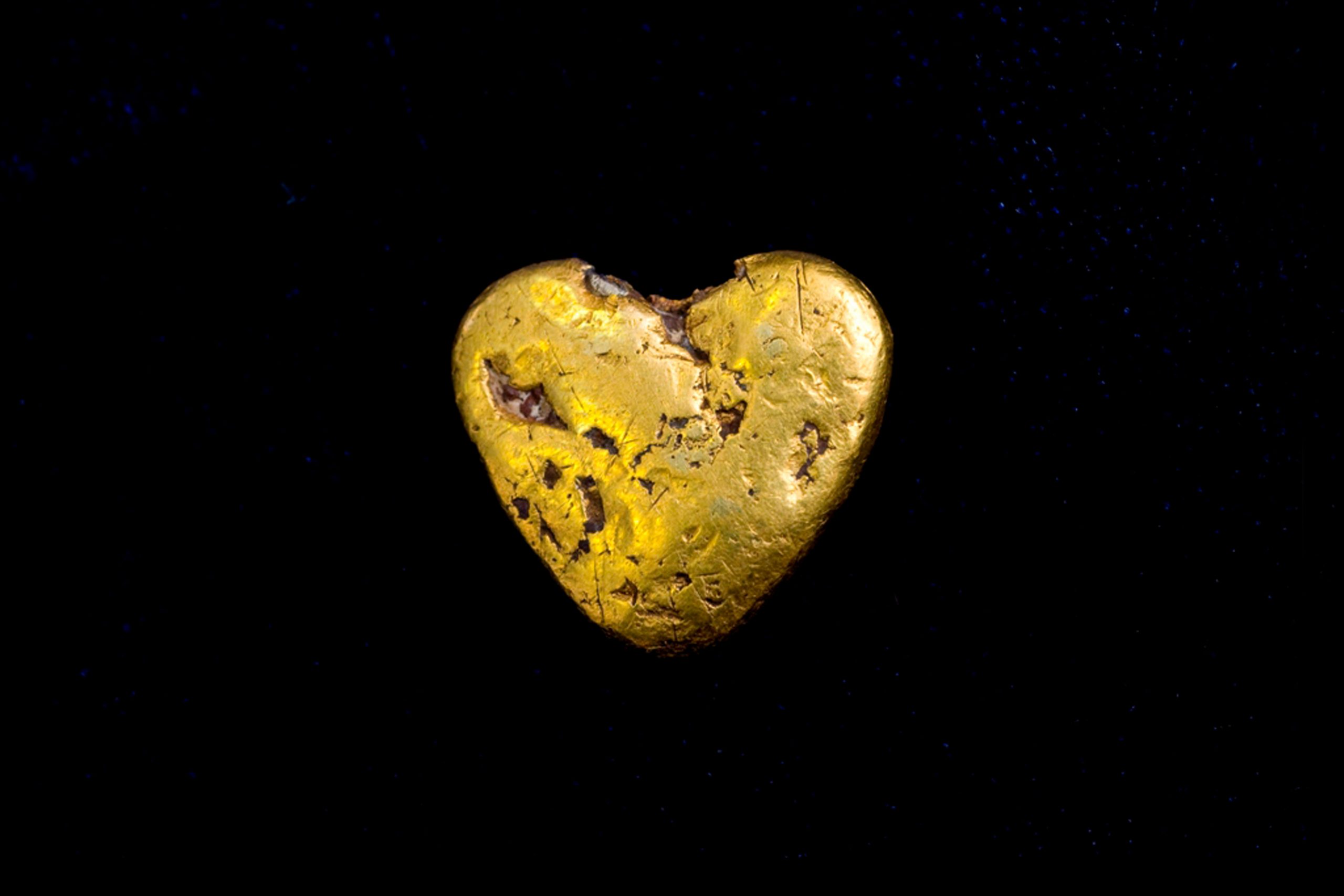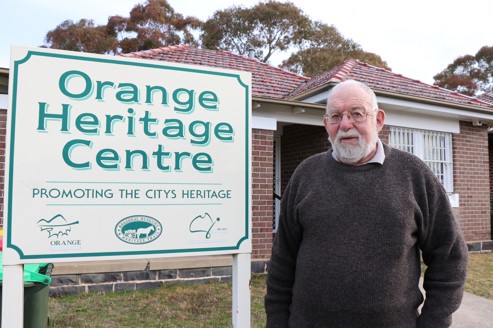Ophir’s Gold Heart
From Little Things Big Things Flow
This enchanting heart-shaped gold nugget has little monetary value today but its unearthing at Ophir, near Orange, in April 1851 spurred gold fever far and wide. It became the first payable gold in Australia and commenced the nation’s historic gold rush era. The gold rush transformed many aspects of life in the Central West, and areas well beyond it, for many decades after. The nugget, however, is just as famous for the story of those who brought it to light.
The nugget was discovered by Cornish-born settlers John Hardman Lister and William and James Tom who spotted it using a wooden ‘gold cradle’. A tool used to find gold, the gold cradle made its way to the colony via settlers who had been to the Californian gold fields, ahead of the Australian gold rush. Lister and the Toms built their cradle under the guidance of Edward Hammond Hargraves. Hargraves went to the Californian goldfields a few years earlier and influenced by what he saw he returned to Sydney, eager to locate gold beyond the Blue Mountains.
Working together with Hargreaves on their cradle, Lister and the Tom brothers first detected small gold flecks. Excited by this, Hargreaves rode to Sydney with news of gold discovered at a site he named Ophir, recalling a biblical land rich in gold. One month later, while Hargraves was still in Sydney, Lister and the Toms found the heart-shaped nugget. They immediately wrote to Hargraves to tell him of their find.
Ignoring the discoverers’ plea to keep the ‘discovery’ a secret, Hargraves instigated a publicity campaign to drive prospectors to the district. At the same time he championed himself as the first person to find gold in Australia, receiving £10,000 as a government reward. When hearing of Hargraves’ self-serving campaign, Lister and the Tom brothers vehemently challenged his assertion. The following dispute took decades to resolve. In 1890 Hargraves’ claim was officially quashed with Lister and the Toms awarded £1000 as the first discoverers of payable gold in NSW.
Unlike many other gold finds in the colony this nugget has not been altered or reshaped from its original form. For many decades it remained in family ownership, and kept intact – a prized and unique keepsake. In 1972 descendants of the Tom family presented the heart-shaped nugget to the Orange and District Historical Society. The cradle used to find the nugget is held by the Museum of Applied Arts and Sciences, in Sydney, NSW.





